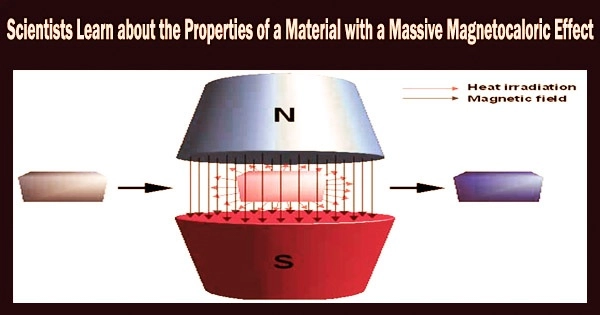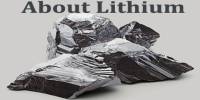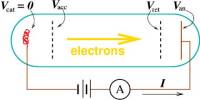Researchers from Lomonosov Moscow State University and their counterparts from the United Kingdom and Japan demonstrated that even the slightest structural modifications to iron-rhodium alloys could significantly alter their magnetocaloric characteristics. The research will be presented in Turin, Italy, from September 11–14, 2016, at the Seventh International Conference on Magnetic Refrigeration at Room Temperature.
The magnetocaloric effect (MCE) causes a magnetic substance (a material with magnetic properties) to cool or heat up in a magnetic field outside of it. The first theoretical rationale for this phenomenon was derived about 40 years after it was originally identified in the 19th century.
In recent decades, MCE has been thoroughly studied. The magnetic phase transitions in various materials are studied via the measurement of the MCE. The phase diagrams of magnetic materials are improved using the MCE data.
Secondly, the MCE has many possible applications. Ultra-low temperature production has been successfully accomplished using magnetocaloric materials, which also hold promise for use in the development of heat engines and refrigeration systems.
The researchers discovered that the development of MCE is significantly influenced by even the smallest dislocation in the crystal structure of FeRh alloys. Radel Gimaev, one of the authors, believes that the results will enhance the practical applications of the MCE.
The researchers focused on an alloy of iron and rhodium to study the MCE. This alloy was chosen, as Radel Gimaev outlined, for a number of reasons. The fact that this material has the greatest MCE values of all that are currently known is what’s most intriguing.
“In the scientific literature, there are mentions of changing the temperature to 13K in magnetic fields up to two Tesla. On our sample with the same fields, we received 7.5K,” said Radel Gimaev.
Like with all magnets, the MCE is at its highest value at temperatures near the phase transition point. A transition from an antiferromagnetic state with weak magnetic characteristics to a ferromagnetic state is taking place in this instance.
It is crucial for potential applications that the phase transition in such alloys takes place at temperatures near to body temperature or room temperature. “In addition, the phase transition temperature of these alloys can be set with high accuracy by palladium or platinum doping,” says the scientist.
Unfortunately, because rhodium is so expensive, this alloy is not useful for magnetic refrigeration. It should be emphasized that the high cost of the working element and the magnetic field sources is currently the main barrier to the commercialization of magnetic refrigerators. The researchers are looking for novel, reasonably priced materials with strong magnetocaloric characteristics.
A body-centered cubic lattice (bcc), whose unit cell is a collection of iron atoms placed at the cube’s vertices and rhodium atoms at its center, is thought to be the ideal crystal structure for achieving the highest value of the MCE in iron-rhodium alloys.
It’s important to note that only in the event of an equiatomic composition that is, a composition with roughly equal numbers of iron and rhodium atoms does such a structure develop in iron-rhodium alloys.
The samples were annealed in an oven for 48 hours at 1000 degrees Celsius to confirm that they had a bcc-structure. However, the alloys’ bcc structure had flaws, including a 2 percent replacement of iron atoms with rhodium and vice versa.
The results demonstrated that even such minute departures from the ideal bcc structure have a considerable impact on the magnetocaloric effect display: The sample temperature changes around two times less and the phase transition temperature changes.
Additionally, it was shown that the “irreversibility” effect occurs when the alloy’s final temperature differs from its initial temperature following a full cycle of changes in the external magnetic field.
Gimaev claims that the work will contribute to improving the magnetocaloric effect’s practical application. Secondly, he said, these studies reveal the previously unknown features of the phase transition of the first order in the studied alloys series and thereby deepen the understanding of the causes of the giant MCE.
















